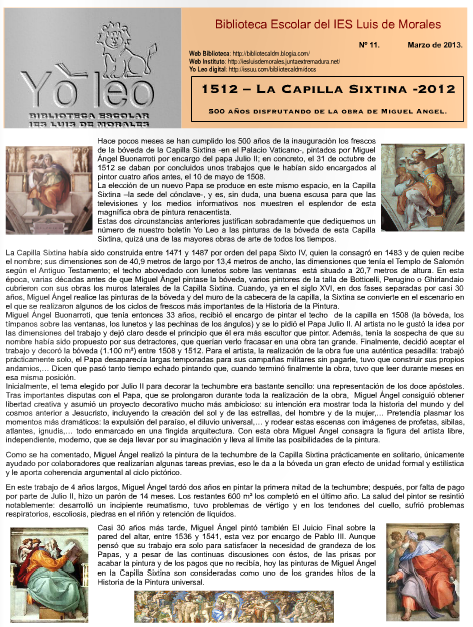Finally, a Billboard That Creates Drinkable Water Out of Thin Air
By Matt Peckham.
TIME. Tuesday March 5, 2013.
I’ve never cared much for billboards. Not in the city, not out of the city — not anywhere, really. It’s like the saying in that old Five Man Electrical Band song. So when the creative director of an ad agency in Peru sent me a picture of what he claimed was the first billboard that produces potable water from air, my initial reaction was: gotta be a hoax, or at best, a gimmick.
Except it’s neither: The billboard pictured here is real, it’s located in Lima, Peru, and it produces around 100 liters of water a day (about 26 gallons) from nothing more than humidity, a basic filtration system and a little gravitational ingenuity.
{youtube}35yeVwigQcc{/youtube}
Let’s talk about Lima for a moment, the largest city in Peru and the fifth largest in all of the Americas, with some 7.6 million people (closer to 9 million when you factor in the surrounding metro area). Because it sits along the southern Pacific Ocean, the humidity in the city averages 83% (it’s actually closer to 100% in the mornings). But Lima is also part of what’s called a coastal desert: It lies at the northern edge of the Atacama, the driest desert in the world, meaning the city sees perhaps half an inch of precipitation annually (Lima is the second largest desert city in the world after Cairo). Lima thus depends on drainage from the Andes as well as runoff from glacier melt — both sources on the decline because of climate change.
Enter the University of Engineering and Technology of Peru (UTEC), which was looking for something splashy to kick off its application period for 2013 enrollment. It turned to ad agency Mayo DraftFCB, which struck on the idea of a billboard that would convert Lima’s H2O-saturated air into potable water. And then they actually built one.
It’s not entirely self-sufficient, requiring electricity (it’s not clear how much) to power the five devices that comprise the billboard’s inverse osmosis filtration system, each device responsible for generating up to 20 liters. The water is then transported through small ducts to a central holding tank at the billboard’s base, where you’ll find — what else? — a water faucet. According to Mayo DraftFCB, the billboard has already produced 9,450 liters of water (about 2,500 gallons) in just three months, which it says equals the water consumption of «hundreds of families per month.» Just imagine what dozens, hundreds or even thousands of these things, strategically placed in the city itself or outlying villages, might do. And imagine what you could accomplish in any number of troubled spots around the world that need potable water with a solution like this.

Mayo DraftFCB says it dropped the billboard along the Pan-American Highway at kilometer marker 89.5 when summer started (in December, mind you — Lima’s south of the equator) and that it’s designed to inspire young Peruvians to study engineering at UTEC while simultaneously illustrating how advertising can be more than just an eyesore. (Done and done, I’d say.)
«We wanted future students to see how engineers can also solve social needs in daily basis kinds of situations,» said Alejandro Aponte, creative director at Mayo DraftFCB.
The city’s residents could certainly use the help. According to a 2011 The Independent piece ominously titled «The desert city in serious danger of running dry,» about 1.2 million residents of Lima lack running water entirely, depending on unregulated private-company water trucks to deliver the goods — companies that charge up to 30 soles (US $10) per cubic meter of H2O, or as The Independent notes, 20 times what more well-off residents pay for their tapwater.
Artículo enviado por Juan Pablo Medina de la Cruz.
o0o



